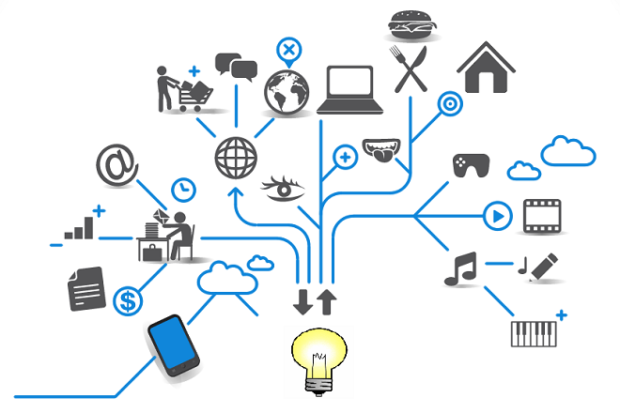As smart home technology becomes more popular and affordable, we thought it’d be a good idea to step back and consider some of the ways in which smart devices are liable to transform our homes. We’ve written about buying smart devices for your home before, but below we’ll consider just how the Internet of Things (or IoT) works and how it stands to revolutionize your home. From connected toasters to pillows that track your sleep patterns, the Internet of Things is slowly but surely entering our homes and changing the way we live.

How the Internet of Things works
If you didn’t know already, the Internet of Things consists of all the web-enabled devices in your home or office that collect, send, and use data acquired from their immediate environment through sensors and processors. These smart devices can often communicate with each other and share data to integrate with one another and provide smart solutions. These devices are possible thanks to the small size of mobile components that can be incorporated into ordinary household and business items.
The advantages of the Internet of Things are pretty clear. With a connected smartphone, you can control all electrical appliances in your home, which makes a lot of common homecare problems a thing of the past. For instance, you’ll never need to worry about whether or not you left the oven on if you can simply turn it off remotely using an app on your phone. As homes become smarter, homeowners can leverage technology to make efficiency savings and create environments that anticipate their needs, which saves time and money and give us peace of mind.
Furthermore, these devices are mostly innocuous. They operate subtly and in the background, ensuring that every element in your home is wirelessly connected. This digital change does not represent an outward transformation, but rather an adjustment in the way individuals interact with their living spaces and appliances. All of the electronic devices in your home could theoretically be connected to one network that covers all aspects of home owning, from security and energy costs to entertainment and cooking. Key to any smart home network is the ease with which you can issue commands – by voice, tablet or remote control – and administer the network.
Machine Learning and the Internet of Things
All of that data captured and recorded by smart devices is pretty useful if it can be processed or made sense of. To that end, machine learning is being applied to smart devices to enable the machines themselves to understand and analyze data. Machine learning algorithms can process data sets that are beyond the capacity of humans. As the Internet of Things continues to grow, the necessity for data processing algorithms will increase exponentially.
Machine learning integrates very easily into IoT platforms. For instance, most mobile devices and tablets can very easily accommodate the processing power required for networked IoT platforms. As IoT proliferates, the ways in which we interact with everyday objects will change dramatically, enabling us to simultaneously cut down on waste and save time. With all the devices in your home connected to each other, you can use one app on your phone to remotely control your home’s lights, windows, cooking appliances, water system and more. All this leads to a very exciting future for homeowners.



